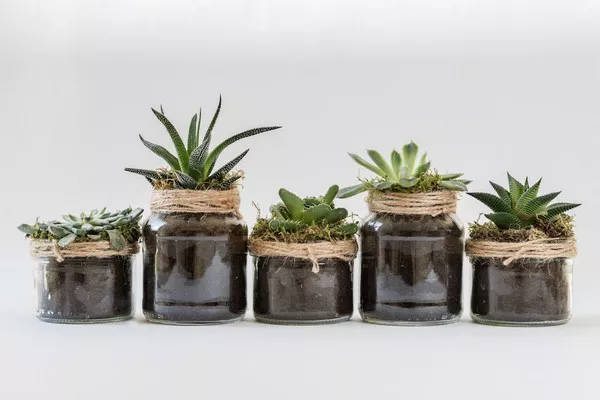Succulents have gained immense popularity in recent years due to their unique appearance and relatively low maintenance requirements. These hardy plants, known for their water-storing abilities, can thrive in a variety of environments, making them an excellent choice for both novice and experienced gardeners. However, understanding the right amount of water to give succulents is crucial to their health and longevity.
Understanding Succulents
Succulents belong to a diverse group of plants characterized by their ability to store water in specialized tissues, such as leaves, stems, and roots. This adaptation allows them to survive in arid and semi-arid regions where water is scarce. Succulents have evolved various strategies to conserve moisture and thrive in harsh conditions, which makes them fascinating additions to any garden or indoor space.
The Role of Water in Succulent Health
Water plays a pivotal role in the life of succulents. While these plants are well-equipped to endure periods of drought, they still require water to grow and flourish. Understanding the balance between providing enough moisture and avoiding overwatering is crucial for maintaining healthy succulents.
Factors Influencing Succulent Watering Needs
Type of Succulent:
Different species of succulents have varying water requirements. Some, like cacti, are adapted to extremely dry environments and need minimal watering, while others, such as aloe vera, prefer more moisture. It’s essential to research the specific succulent species you have to determine its watering needs accurately.
Season:
Succulents’ water needs can vary with the seasons. They tend to be more active during the growing season (spring and summer) and go into a semi-dormant or dormant state during the fall and winter. Adjust your watering schedule accordingly.
Climate and Environment:
The climate in which you grow succulents greatly affects their water requirements. In humid regions, succulents may need less water than those in arid or desert climates. Indoor succulents also require different care compared to outdoor ones due to differences in humidity and temperature.
Container Type:
The type of container you use for your succulents can impact their water retention. Porous containers, like terracotta pots, allow moisture to evaporate more quickly, while plastic or glazed containers retain moisture for more extended periods. Choose your container wisely based on your succulent’s needs.
Soil Composition:
Succulents thrive in well-draining soil. A mix designed for succulents or cacti is ideal, as it prevents waterlogged roots. Proper soil composition is essential for preventing root rot, a common issue in overwatered succulents.
Watering Techniques for Succulents
Watering Frequency:
The most common mistake when caring for succulents is overwatering. Succulents should be allowed to dry out between waterings to mimic their natural habitat. A general rule of thumb is to water when the top inch of soil feels dry to the touch. However, the frequency will vary depending on the factors mentioned earlier.
Watering Depth:
When you do water your succulents, it’s essential to water deeply but infrequently. Ensure the water reaches the root zone, as shallow watering can lead to weak roots. Water until you see excess water draining out of the bottom of the pot, indicating that the soil is thoroughly moistened.
Avoiding Foliar Watering:
Watering succulents from above, especially in the evening, can lead to fungal issues and rot. It’s best to water directly at the base of the plant to prevent moisture from accumulating on the leaves.
Using the Right Water:
Succulents are sensitive to water quality. It’s advisable to use distilled or filtered water, as tap water with high mineral content can leave unsightly deposits on the leaves and soil.
Signs of Overwatering and Underwatering
To determine whether your succulents are receiving the right amount of water, it’s crucial to recognize the signs of overwatering and underwatering.
Overwatering:
1. Yellowing or translucent leaves.
2. Mushy or rotting stems.
3. Foul odor from the soil.
4. Soil that remains constantly wet.
Underwatering:
1. Shriveled or wrinkled leaves.
2. Leaves turning brown or crispy at the edges.
3. Slow growth or stunted development.
4. Extremely dry soil.
5. Rescuing Overwatered Succulents
If you suspect that you’ve overwatered your succulents, there are steps you can take to save them:
1. Remove the plant from the wet soil.
2. Allow the roots to dry for a day or two.
3. Repot the succulent in well-draining soil.
4. Adjust your watering schedule to prevent future overwatering.
Conclusion
Succulents are captivating plants that can thrive in various environments, but understanding their water needs is essential for their well-being. By considering factors like the type of succulent, climate, and watering techniques, you can ensure your succulents remain healthy and vibrant. Remember that patience and attentiveness are key when caring for these resilient yet delicate plants. With the right care, your succulents can be a source of beauty and enjoyment for years to come.


